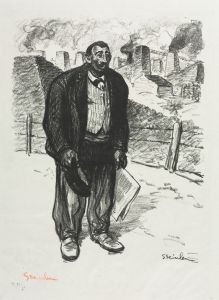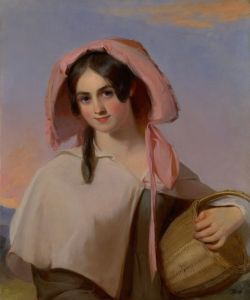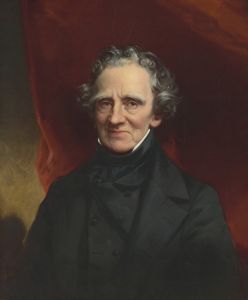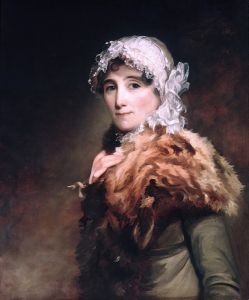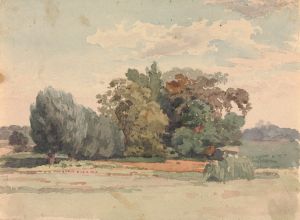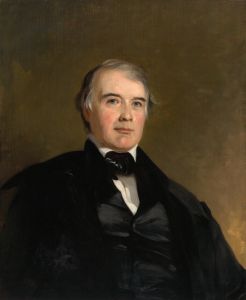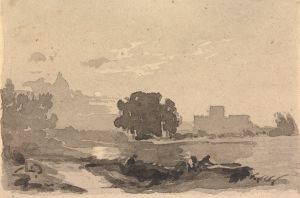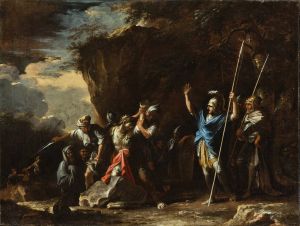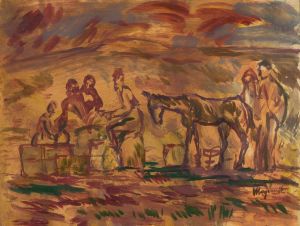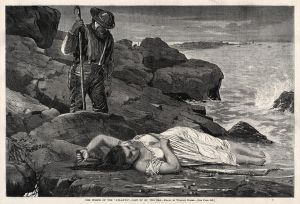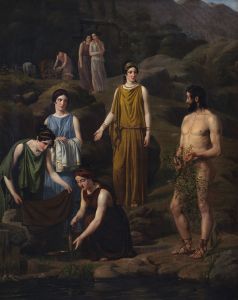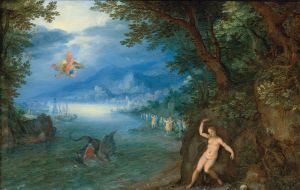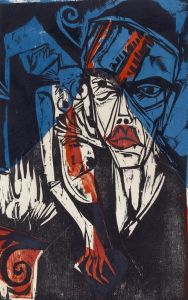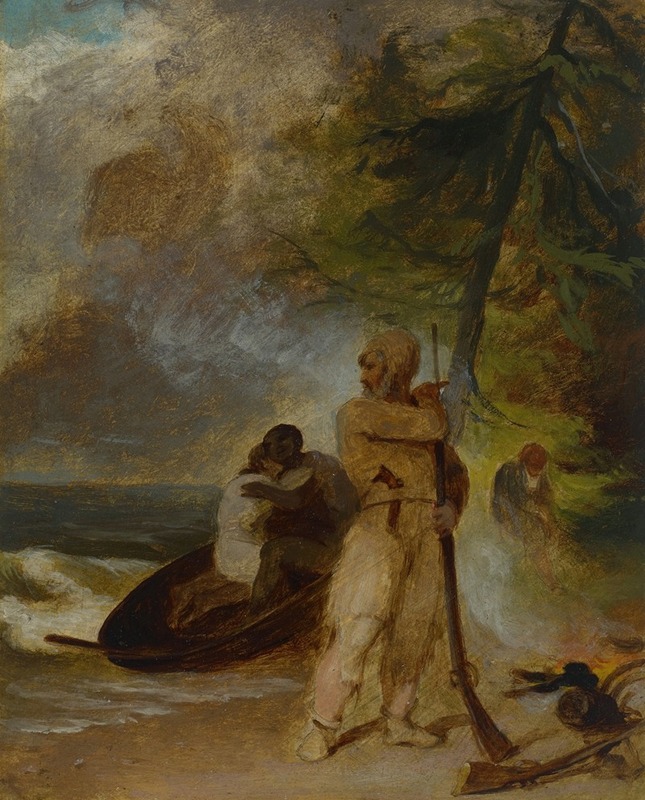
Friday’s Father Rescued
A hand-painted replica of Thomas Sully’s masterpiece Friday’s Father Rescued, meticulously crafted by professional artists to capture the true essence of the original. Each piece is created with museum-quality canvas and rare mineral pigments, carefully painted by experienced artists with delicate brushstrokes and rich, layered colors to perfectly recreate the texture of the original artwork. Unlike machine-printed reproductions, this hand-painted version brings the painting to life, infused with the artist’s emotions and skill in every stroke. Whether for personal collection or home decoration, it instantly elevates the artistic atmosphere of any space.
Thomas Sully's painting "Friday’s Father Rescued" is an intriguing work that reflects the artist's engagement with literary themes and his skill in narrative painting. Thomas Sully, an American painter born in 1783, was known for his portraits and historical scenes. He was a prominent figure in the American art scene during the early 19th century, and his works often depicted subjects from literature, history, and contemporary life.
"Friday’s Father Rescued" is based on an episode from Daniel Defoe's novel "Robinson Crusoe," published in 1719. The novel is one of the most famous adventure stories in English literature and tells the tale of a castaway, Robinson Crusoe, who spends 28 years on a remote tropical island. In the story, Crusoe encounters a native man whom he names Friday, after the day of the week on which he saves him from cannibals. The painting captures a dramatic moment from the novel where Crusoe and Friday rescue Friday's father from a group of cannibals.
Sully's painting is noted for its dynamic composition and the way it captures the tension and drama of the scene. The artist employs a vivid color palette and strong contrasts of light and shadow to enhance the emotional impact of the moment. The figures are rendered with attention to detail, and their expressions convey a sense of urgency and determination. Sully's ability to depict movement and emotion is evident in the way he portrays the characters' interactions and the chaotic environment around them.
The painting reflects the Romantic interest in exotic and adventurous themes, which were popular in the early 19th century. Sully's choice to depict a scene from "Robinson Crusoe" aligns with the period's fascination with exploration, the unknown, and the encounter between different cultures. This interest was part of a broader cultural movement that celebrated individual heroism and the sublime aspects of nature and human experience.
While "Friday’s Father Rescued" is not as widely known as some of Sully's other works, such as his portraits of prominent figures like Thomas Jefferson and Queen Victoria, it remains an important example of his narrative art. The painting demonstrates Sully's ability to translate literary sources into visual form, capturing the imagination of viewers and bringing to life the stories that captivated audiences of his time.
Overall, "Friday’s Father Rescued" is a testament to Thomas Sully's artistic talent and his engagement with the cultural and literary currents of his era. The painting continues to be appreciated for its historical significance and its contribution to the tradition of American narrative painting.





